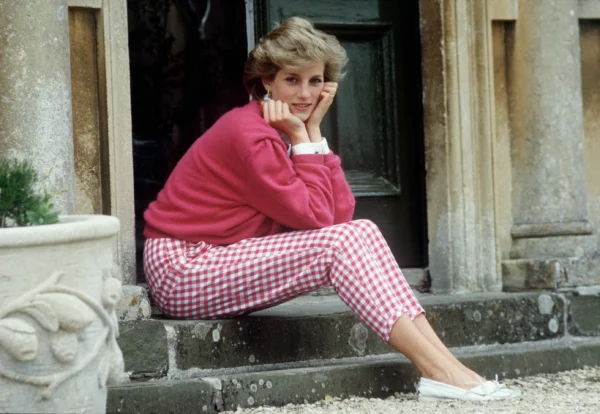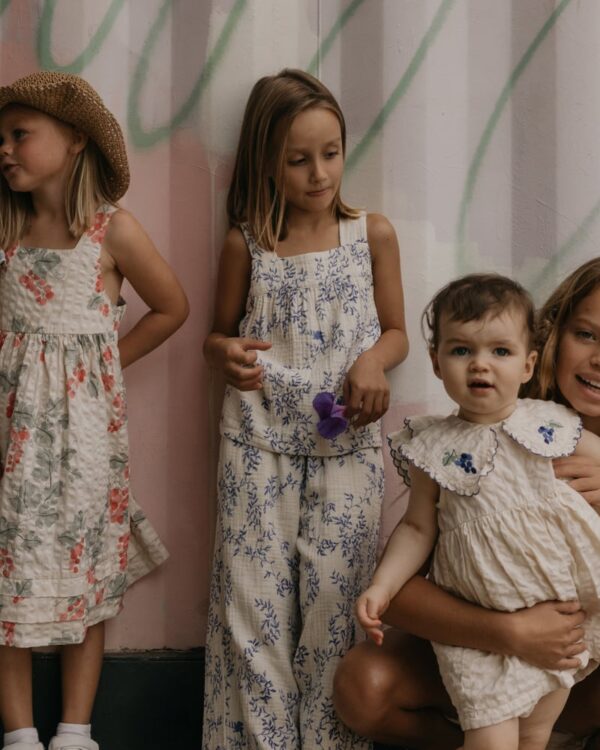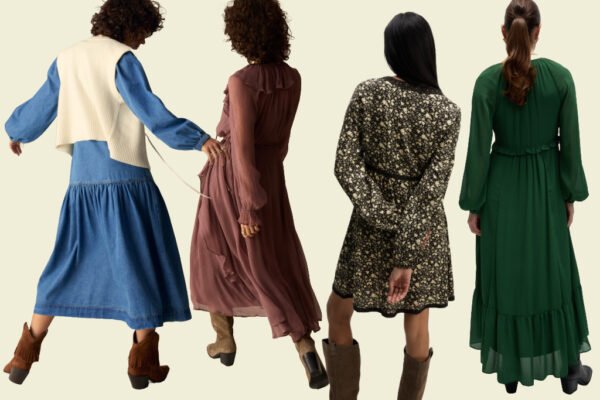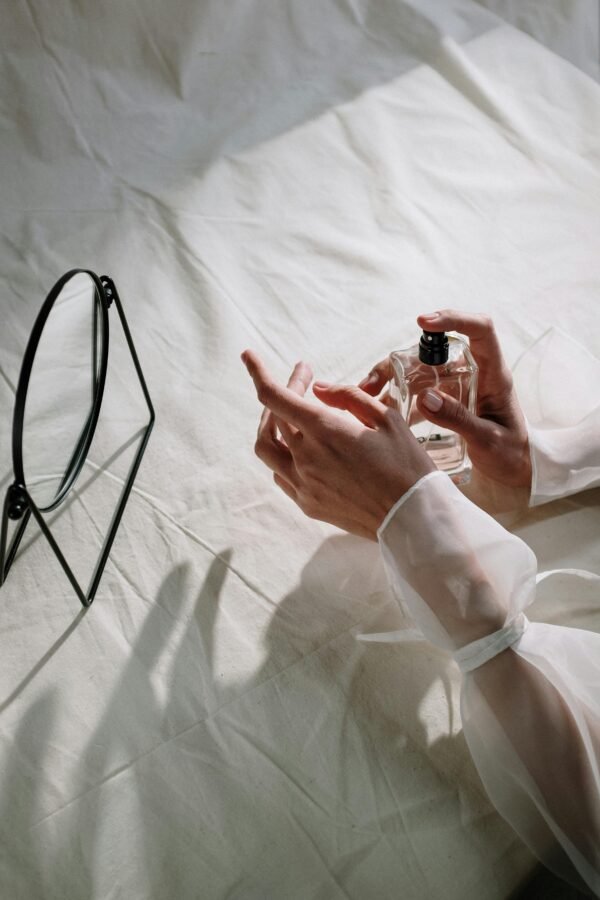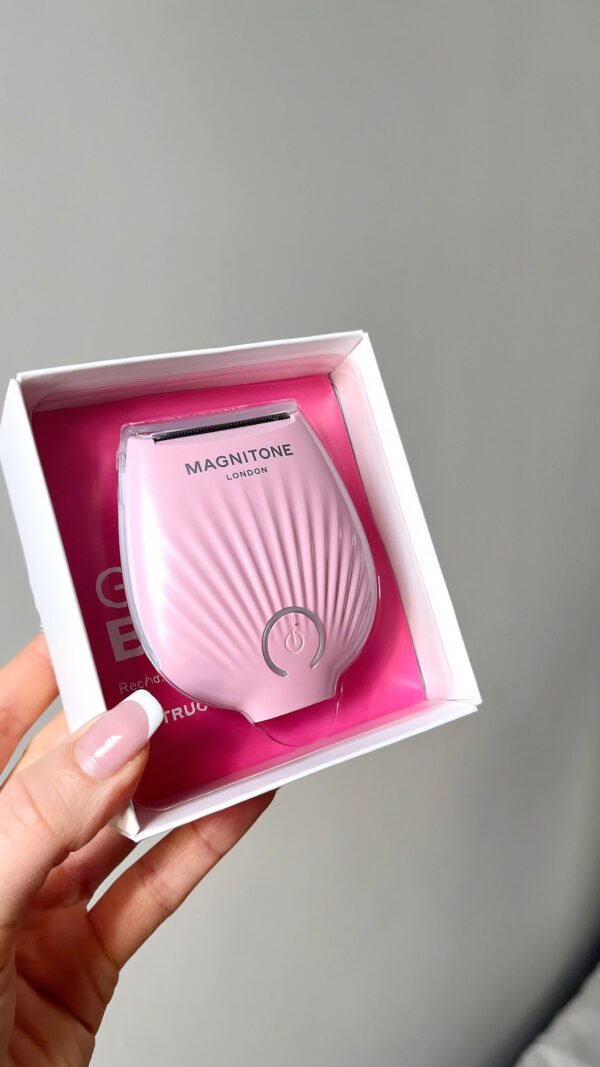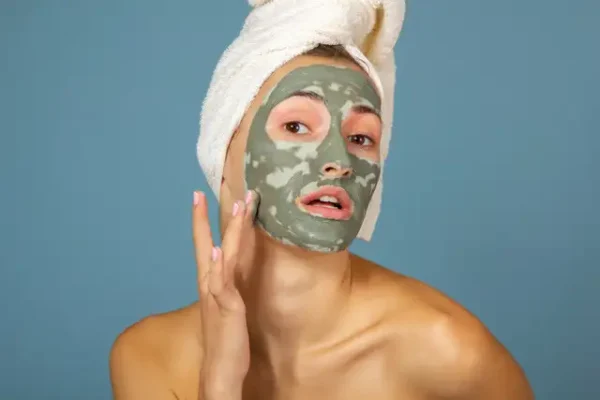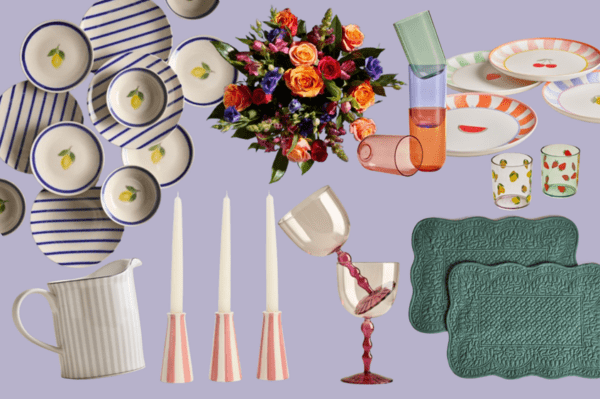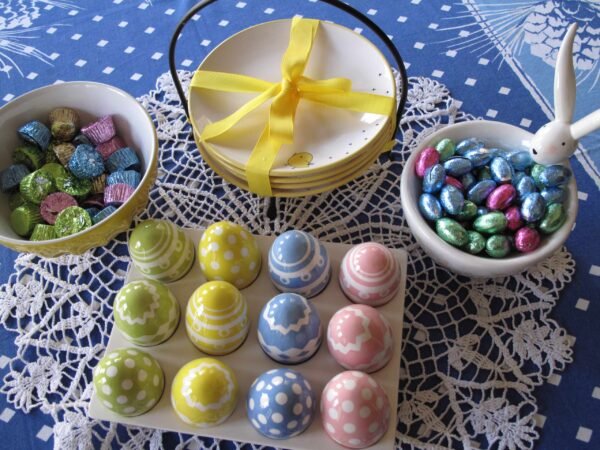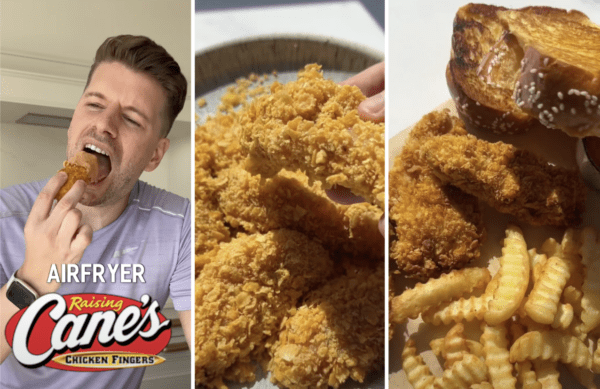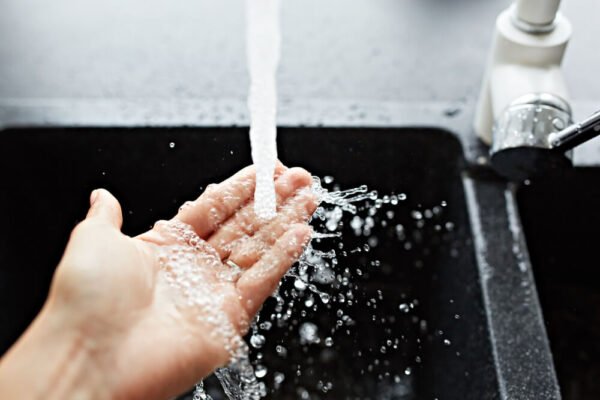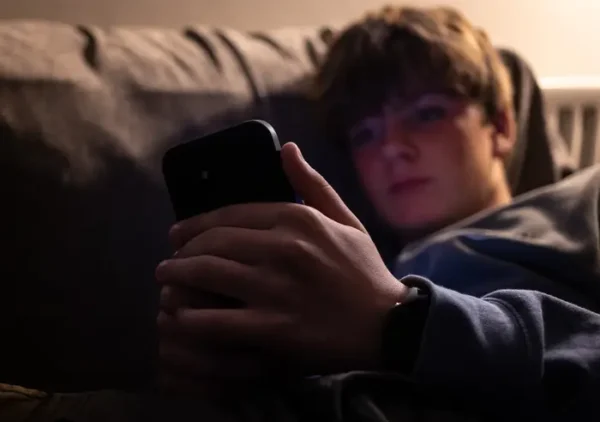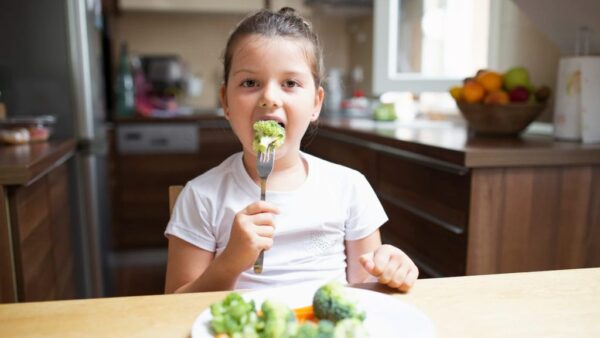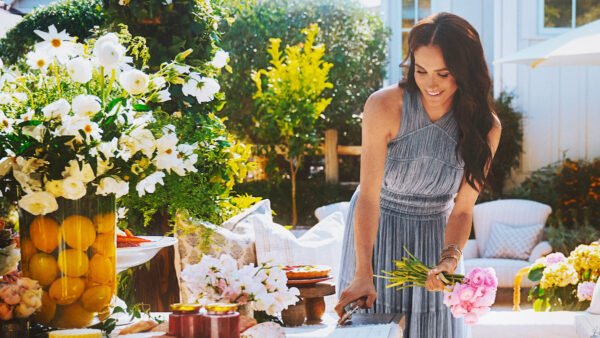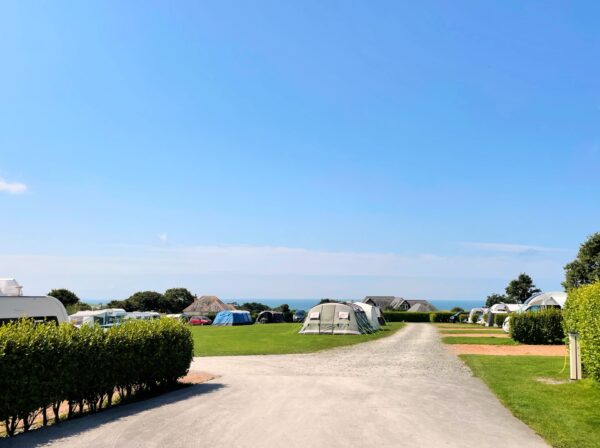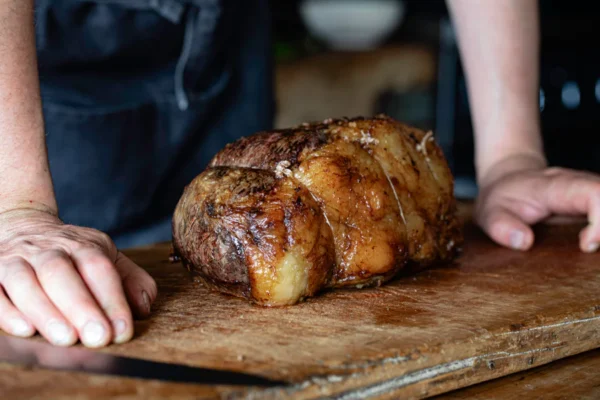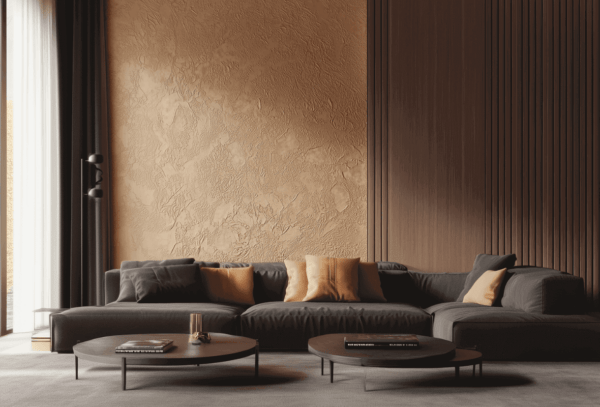
Wallpaper Trends for 2025 & How to Apply
After years of minimalism and millennial beige, bold wallpaper is trending again. Many are put off wallpaper because they think it’s too difficult to DIY, but with patience and preparation, it’s not as scary as it seems.
After years of minimalism and millennial beige taking over homes everywhere, bold wallpaper is trending again. From patterns to textures, retro to modern, wallpaper is the perfect way to add character to a home, refreshing the room and elevating the space.
The biggest trends are currently:
- Vintage nostalgia (23.7 million posts on TikTok search ‘70s style wallpaper’)
- Earthy tones (Google searches up by 128%)
- Metallics (searches up 171%)
Here, property expert Emma Gilbey at movequickly, reveals the top wallpaper trends for 2025, and gives advice for putting up wallpaper yourself.
Vintage patterns and nostalgia
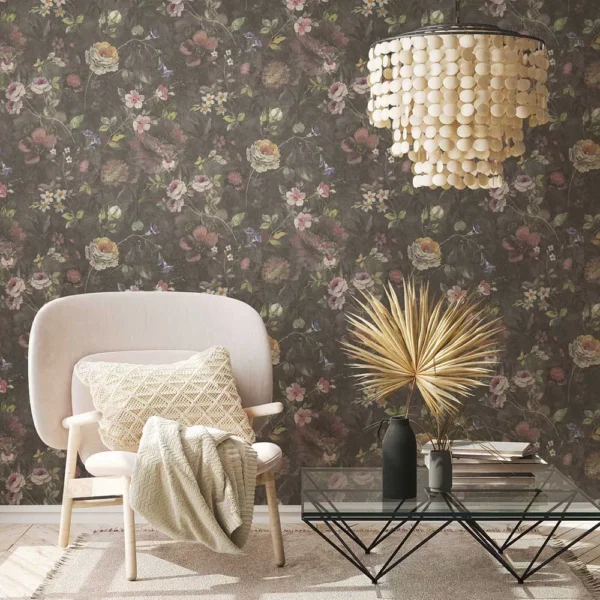
Nostalgic interiors are making a comeback, with retro and vintage-inspired wallpapers adding character to modern properties. On TikTok, there are 23.7 million posts under the search ’70s style wallpaper’, with bold florals, abstract shapes, and earthy colour palettes, like mustard yellow, avocado green, and burnt orange, bringing a playful and nostalgic vibe.
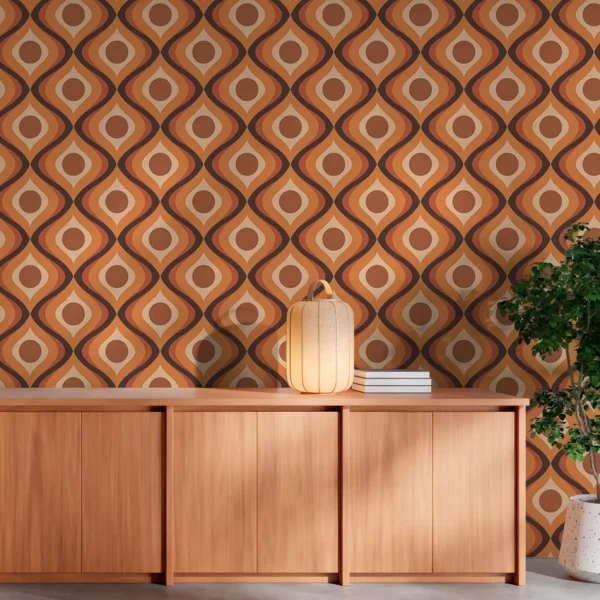
They bring warmth to a room, and work perfectly as a statement wall that blends seamlessly with more modern décor.
Nature-inspired
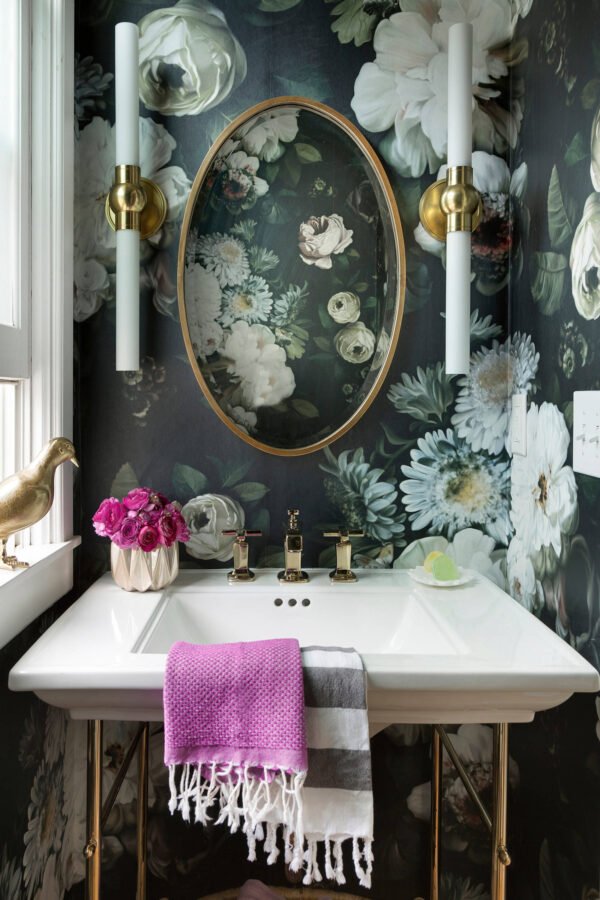
The calming atmosphere created by nature-inspired, botanical prints is one of the biggest trends for 2025. Google searches for “botanical wallpaper” have risen by 181%, with paper inspired by lush green forests and intricate florals that bring the outside in. From largescale prints of ferns that create a statement, to soft blues and seafoam green that brings a gentle ocean wave vibe, nature-inspired wallpaper brings a fresh and organic feel to a tired room, or go for a vintage cottage-core feel, with delicate florals and pastel prints.
Textures
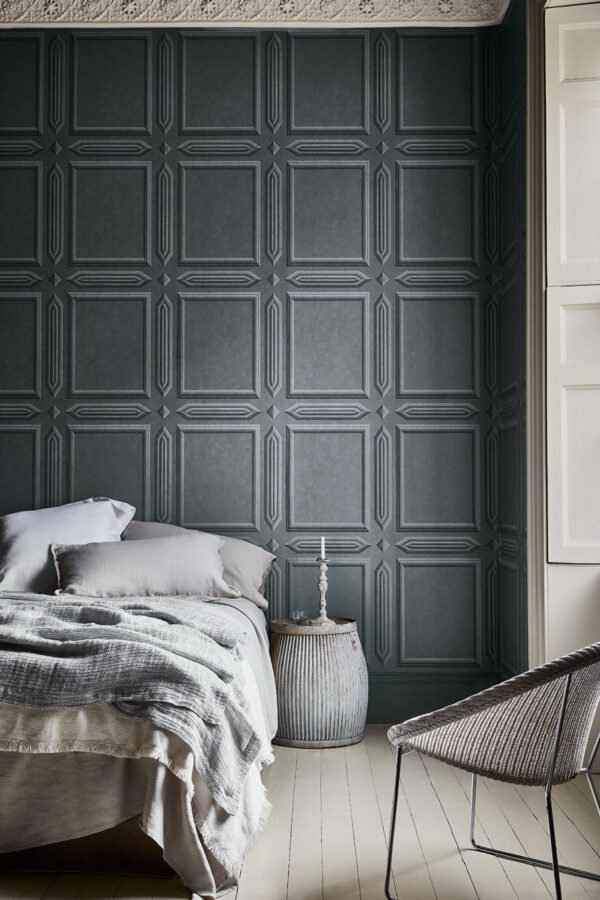
Textured wallpaper is gaining popularity in 2025 – Google searches have risen by 102% in the last two weeks alone. Textured wallpapers add depth and dimension to the walls, giving a more dynamic feel. Natural fibres like linen or grasscloth add warmth and provide an organic aesthetic – or you can go for the opposite effect with industrial-inspired textures like plaster or concrete, to give a minimalist and modern vibe.
Earthy tones
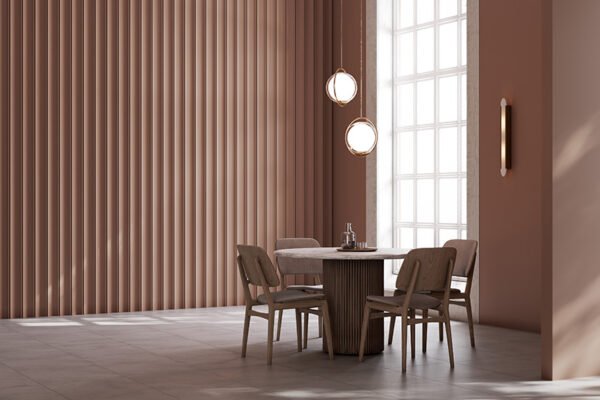
Warm, earthy shades like terracotta and muted browns, like the Pantone Colour of the Year ‘Mocha Mousse’, are becoming increasingly popular. Google searches for ‘earthy wallpaper’ have risen by 128%, as people look to bring calm, nature-inspired designs to their home. The earthy tones promote a soothing and grounding atmosphere, with warm, sunbaked terracotta that brings a Mediterranean vibe, and rust and burnt orange adding vibrant warmth.
Metallics
Want to add a little glamour and luxury? Metallics are the way to go. Google searches for metallic wallpaper are up by 171% as people create a sophisticated, yet versatile look. From bold statement walls to subtle shimmer, metallic finishes add depth and texture with a high-end look that reflects light, making a room feel bigger. If a fully reflective room seems overwhelming, try a feature wall, or opt for something gentler with subtle touches of gold, silver, or copper.
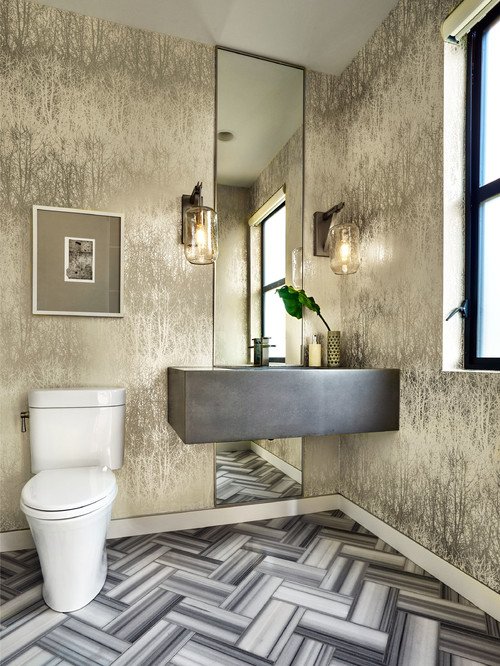
HOW TO APPLY WALLPAPER
1. Prepare the walls
Remove old wallpaper with a wallpaper stripper, or warm water and a scraper. Fill any cracks or holes, and sand the surface so it is smooth. Clean the walls to remove dust and any grease that will make it difficult for the wallpaper to adhere to the wall.
2. Measure and cut the wallpaper
Measure the height of the wall and add a few extra centimetres at either end, to allow for trimming. Make sure you match the design when cutting each strip if the wallpaper has a pattern. Use a spirit level to make a vertical guide on the wall to make sure the first strip is perfectly straight.
3. Apply the paste
Apply the paste directly onto the wall using a roller or brush, or use a brush to spread the paste evenly on the back of the wallpaper – if pasting the paper, let it soak for the recommended time. Avoid using too much, as this will make the paper soggy and more difficult to work with.
4. Hang the first strip
Start from the corner of the room so it’s easier to make sure the first strip is straight. Smooth out the paper with your hands, or a wallpaper smoothing tool, to remove any wrinkles or air bubbles.
5. Align the pattern
If your paper has a pattern, make sure you align it carefully from one strip to the next – this is essential, as you’ll definitely notice it if it doesn’t match up. Match the design at the seams for a seamless look, and make sure they line up before pressing it down.
6. The finishing touches
Use a seam roller to gently press down the edges, but avoid over-rolling, which could squeeze out the adhesive and make the paper peel from the wall. Wipe away any excess paste with a damp sponge, and remember to let the wallpaper dry completely before moving furniture back.
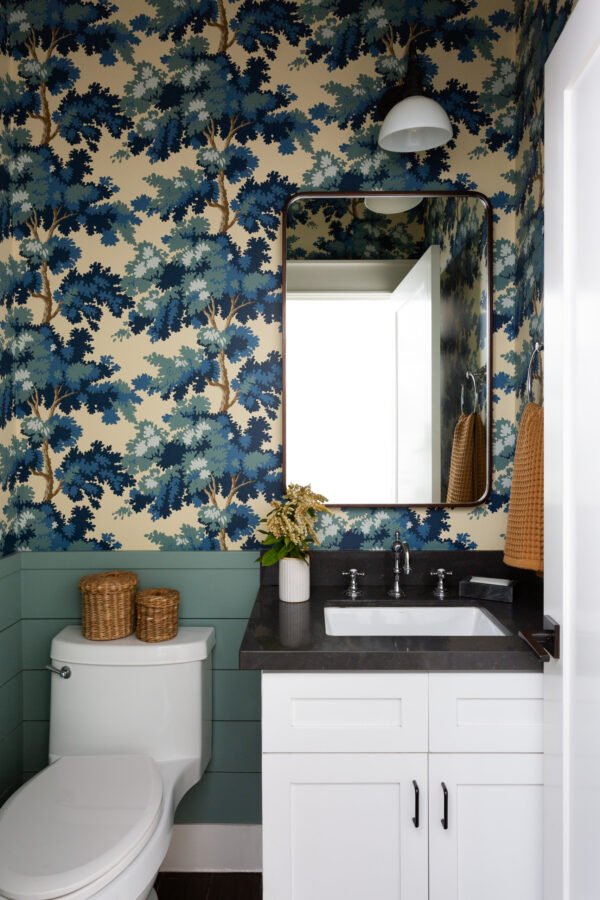
BONUS TIPS
- Good quality tools are key – a sharp knife will prevent the paper from ripping when you’re trimming.
- Good lighting is important, as it will help you see any bubbles under the wallpaper.
- Avoid excessive heat, or opening windows too soon after applying the paper, as this can lead to peeling.
- Know when to call in professional. If you’ve got a wallpaper with a complex pattern and you’re worried about matching up each strip, or your walls are in a poor condition, or it’s your first time wallpapering and you’re nervous about your ability level – think about bringing in a professional decorator, who has the experience to provide a seamless finish.







